A Restoration Research Program for NTU
Felipe Melo
By the end of this talk I want to:
- Showcase how restoration hooked me
- The research opportunities around restoration
- A general call for jumping on the Restoration boat
Research interests and background
Forest sucession via seed dispersal
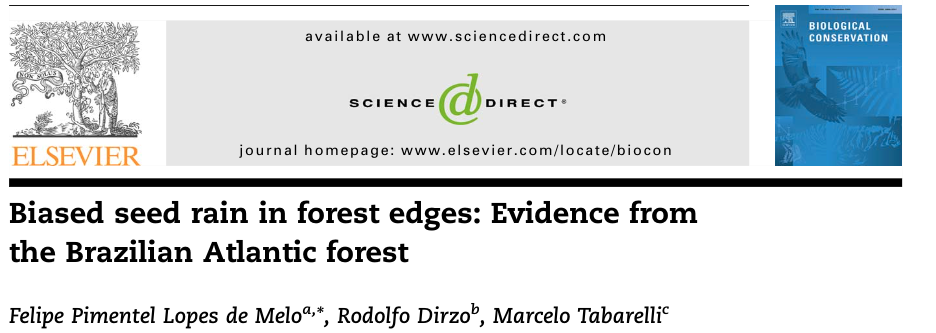

Landscape perspective
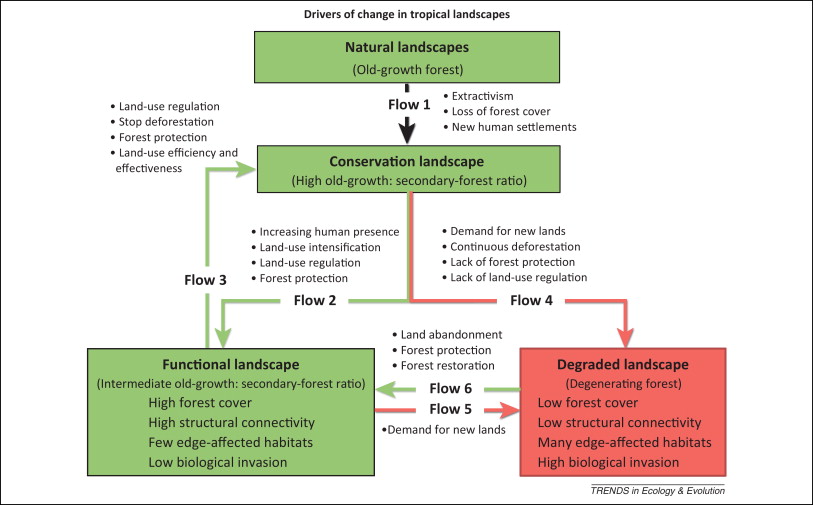
Landscape perspective
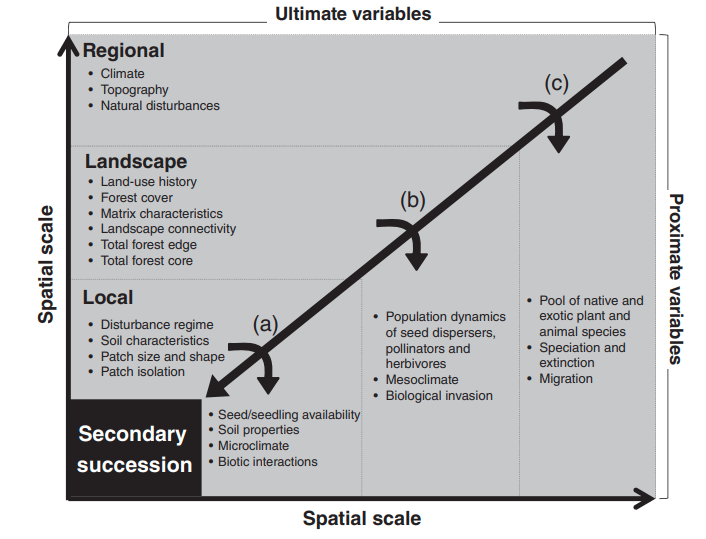
Biotic homogenization

Biogeographical patterns
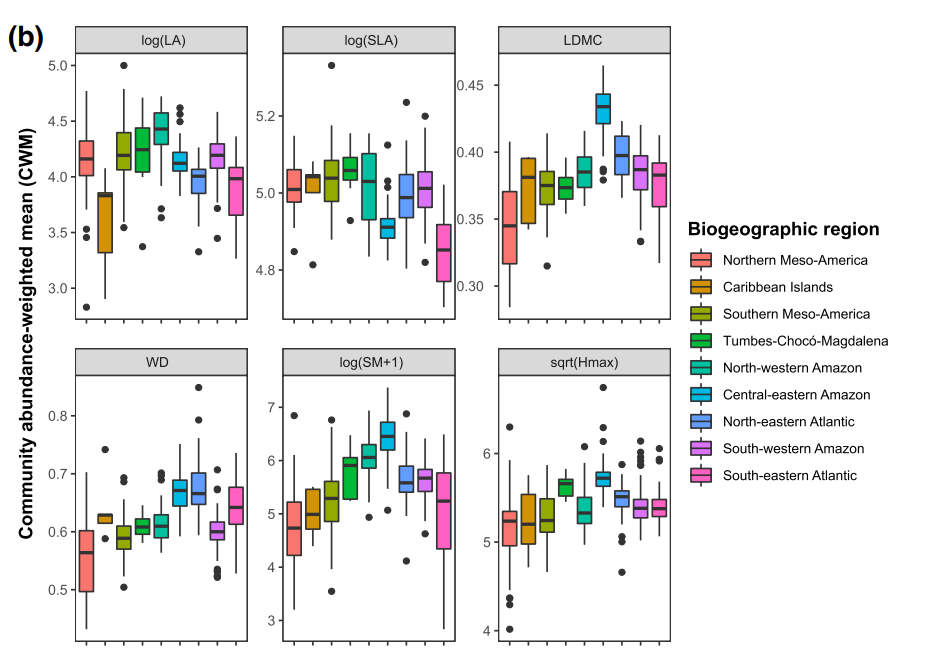
Applications
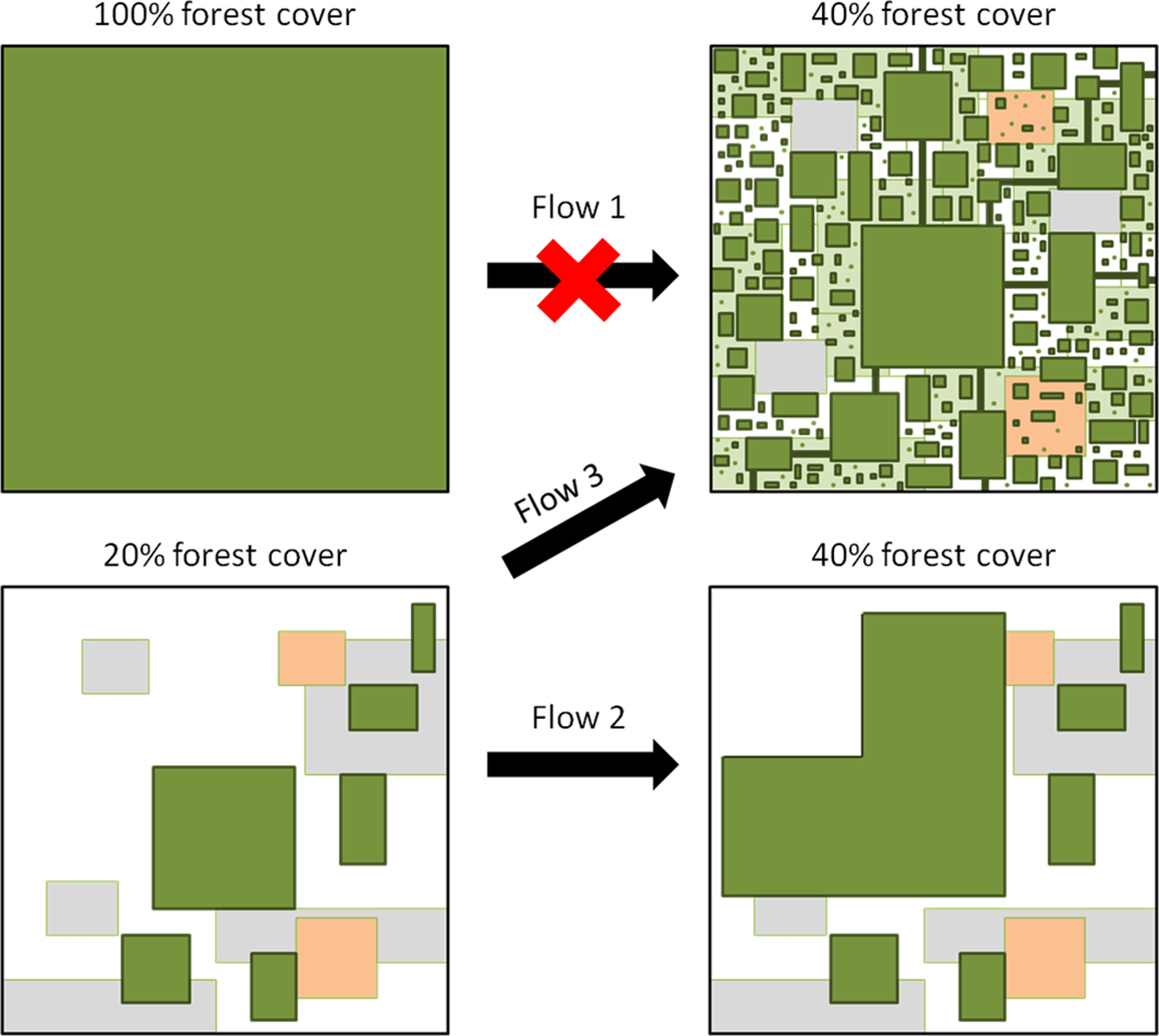
Forest and people
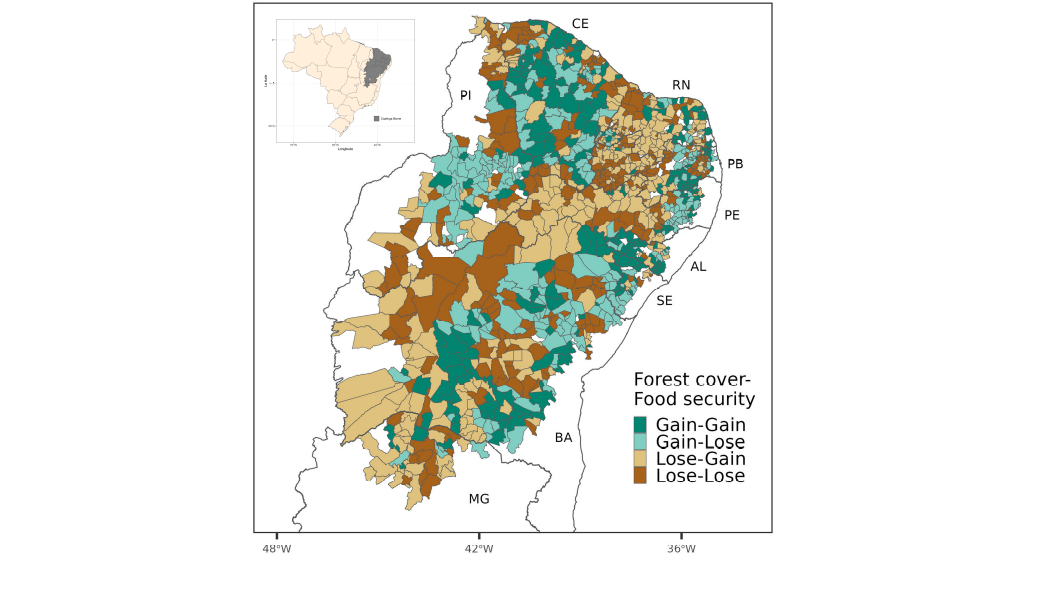
Forest and people
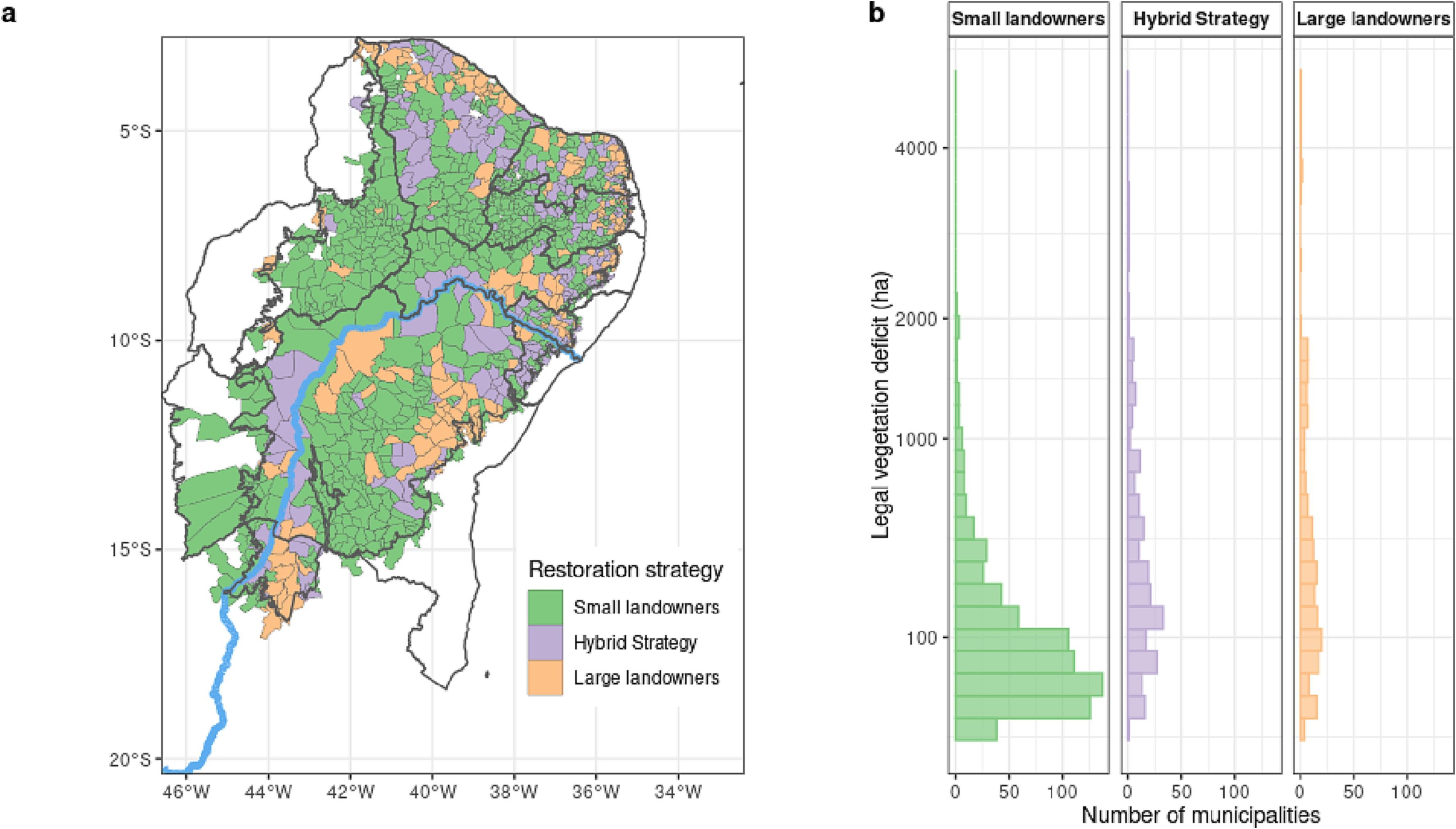
Restoration policy

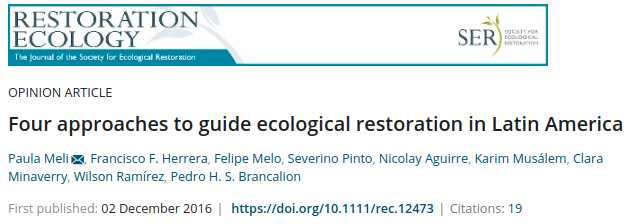
Restoration policy

Restoration for NTU
BioRestNet: a network of biocultural restoration
Why a network?
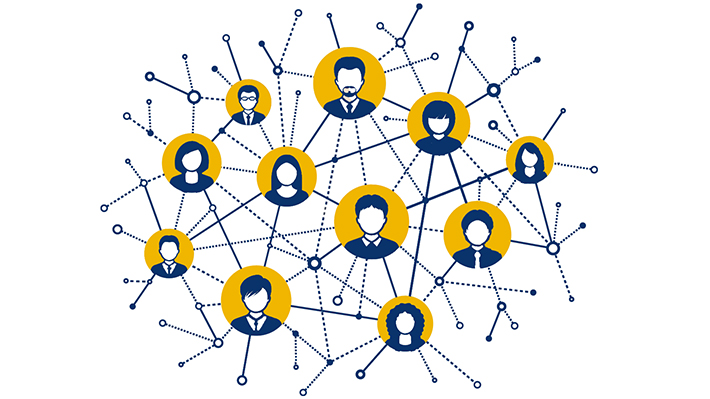
- It is the best way to scale up restoration
- Allows sharing of knowledge
- Strengthen actions
- Creates models
Research Component
Biocultural restoration
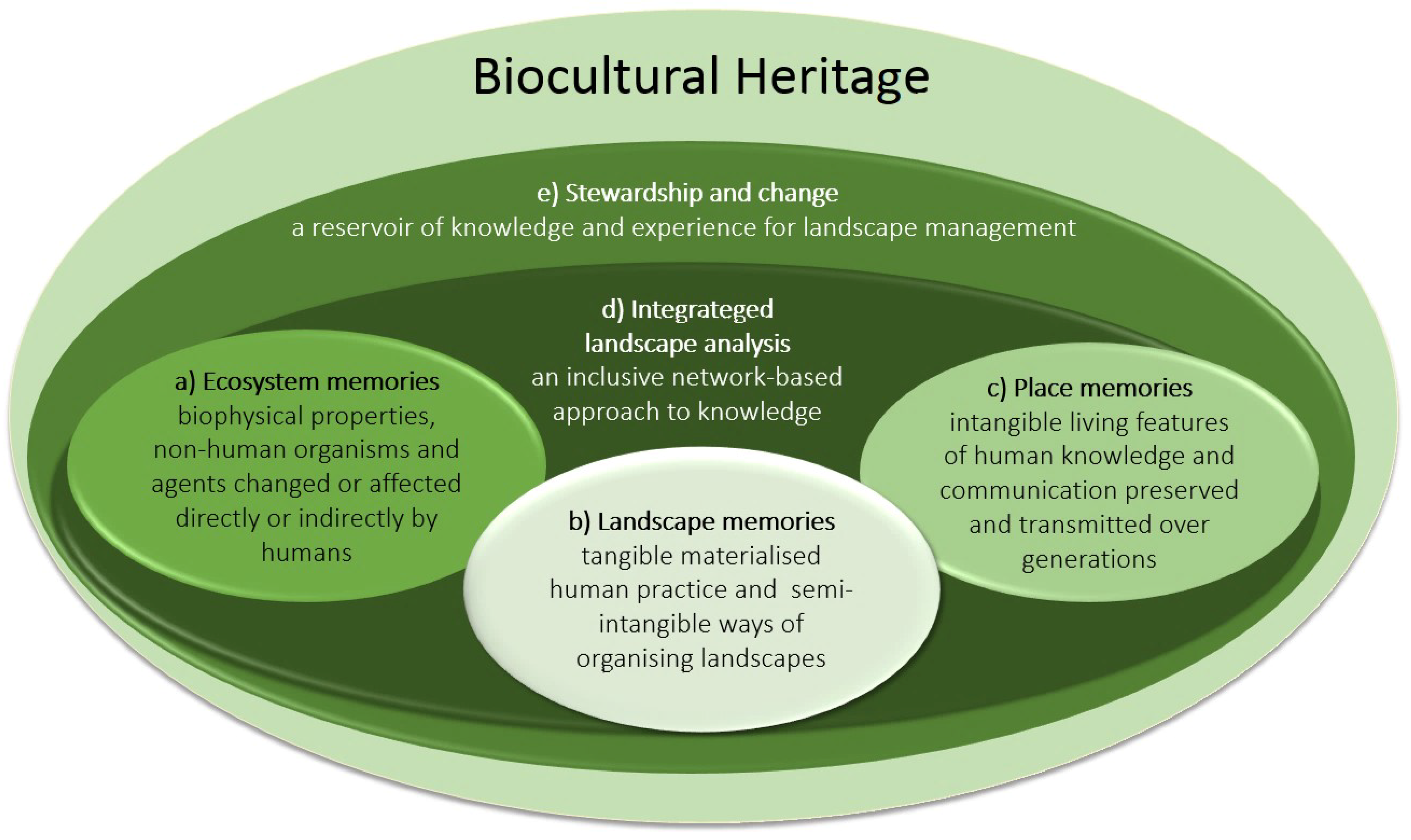
Core principles
- Based on TEK
- Potential for social engagement
- Decolonial perspective
- Co-constructed models

The project’s design
Biocultural landscape
- Culturally important species
- Database on functional traits
- Landscape perspective
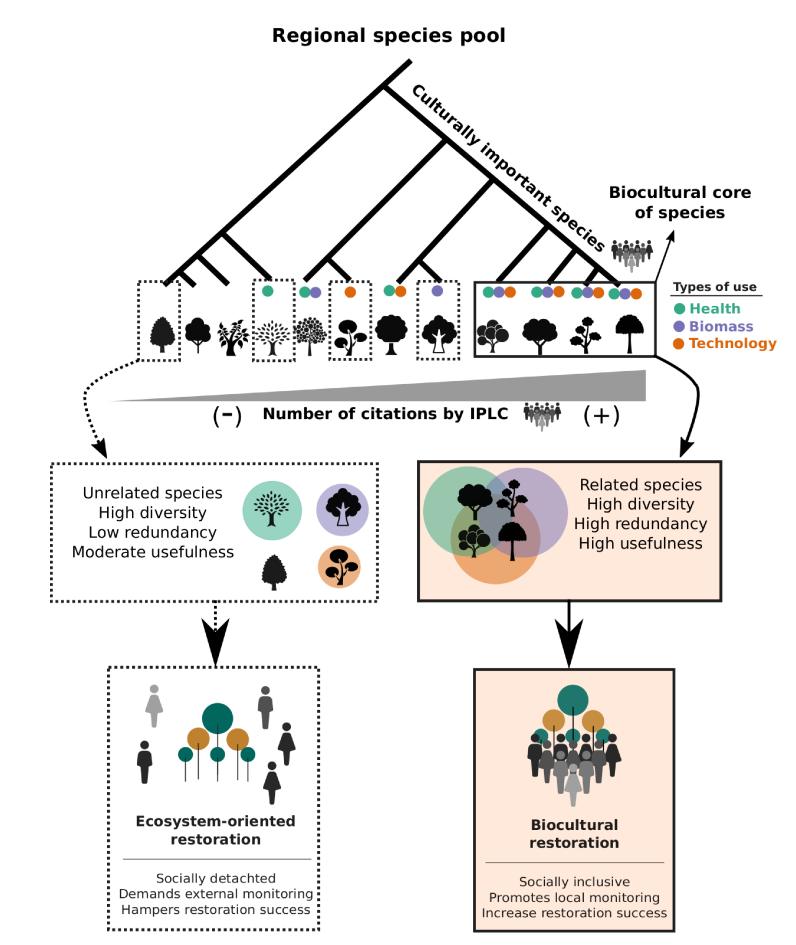
Objective 1 - Inventory useful species and its functional traits
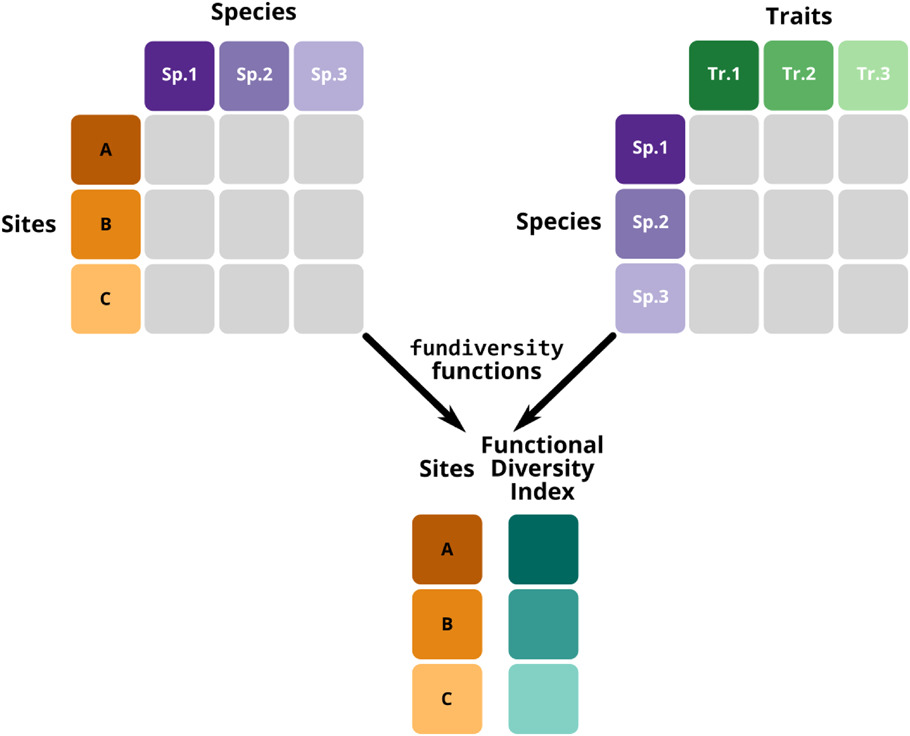
- We’ll add a species x uses table
- Use a framework from Functional Ecology
- Test functionality of culturally important species
Objective 2 - Model distribution against climate change

- Distribution of the Biocultural core of species
- Current and future climate
- Priority areas for Biocultural Restoration
- Sensitive areas
Objective 3 - Controlled experiments on BEF
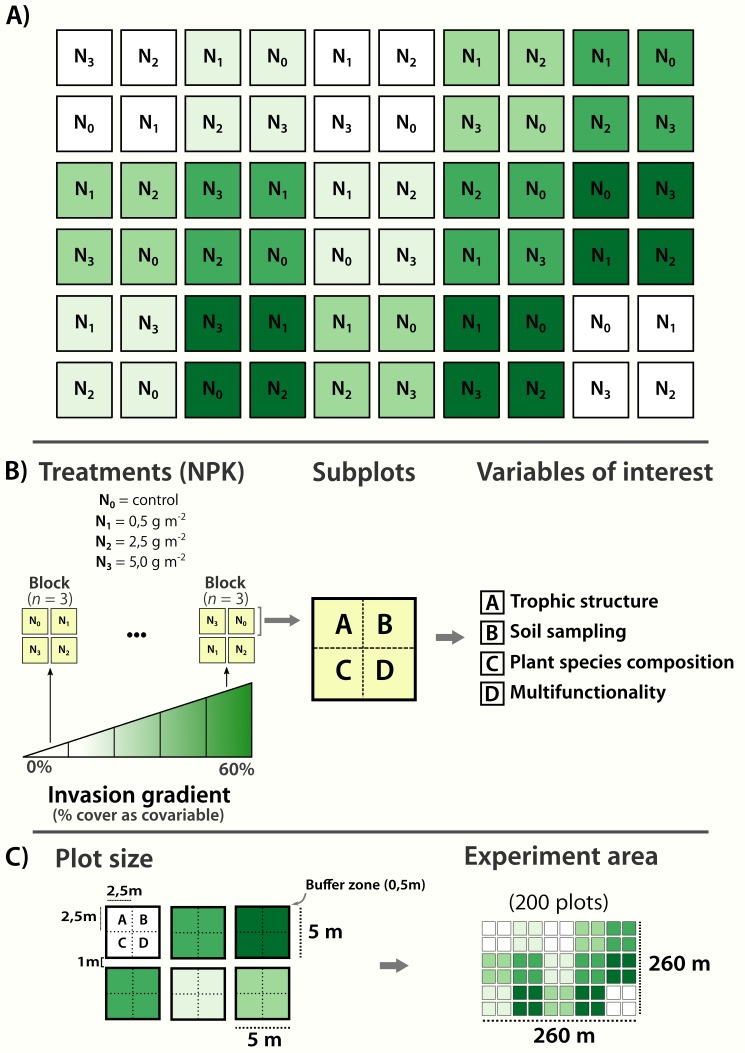
- A randomized-structured experiment
- Placed at the Savanna site
- Control and simulate
- Disturbance
- Climate variables (water)
- inspired by NutNNet
Objetive 4 - Test the effect of diversity on EF
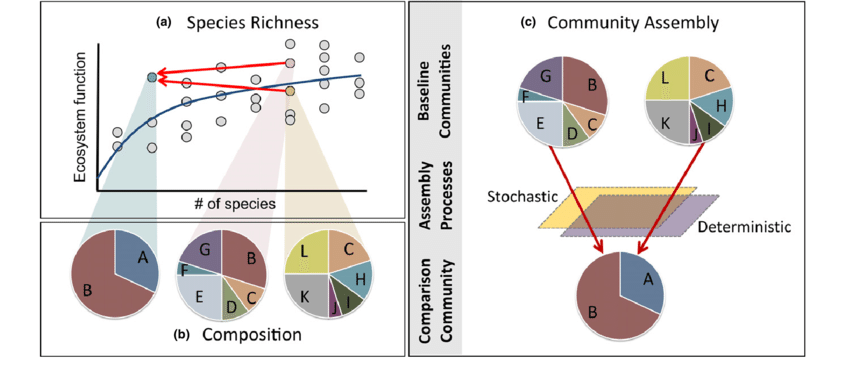
Objetive 4 - Test the effect of diversity on EF
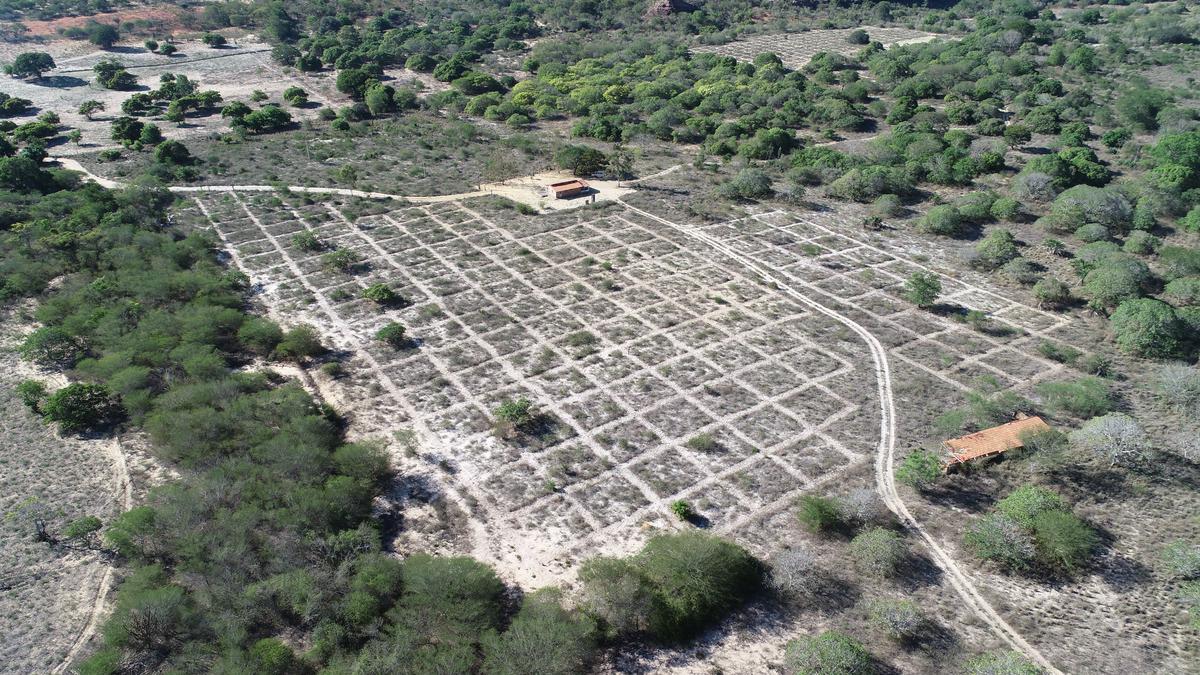 Photo: Felipe Melo (Brazil)
Photo: Felipe Melo (Brazil)
- Control and manipulate diversity
- Taxonomic
- Functional
- Phylogenetic
- Understand EF responses
Action Component
Training local community hubs
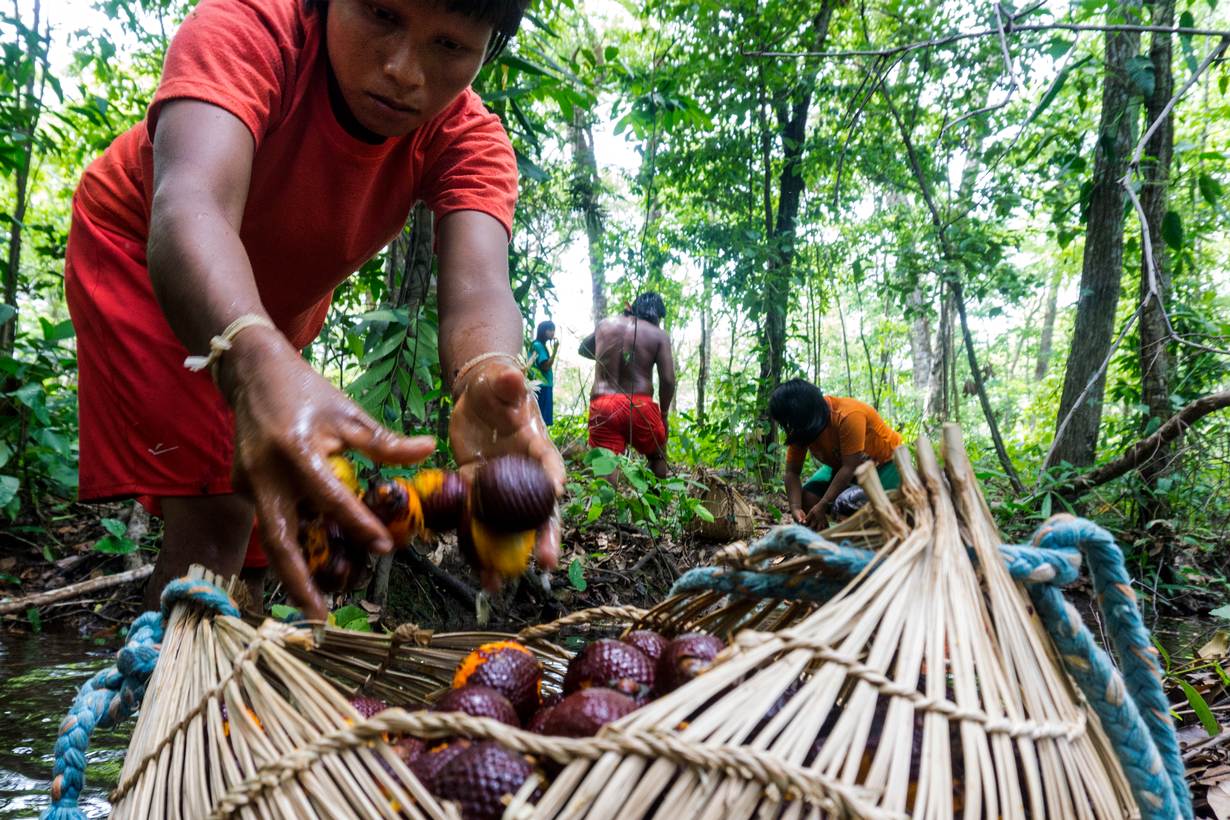
- Map communities at the Coastal, Montane and Savannah
- Workshops for seed collectors
- Restoration Supply Chain
- Gender equity
Structuring of the Biocultural Restoration Network
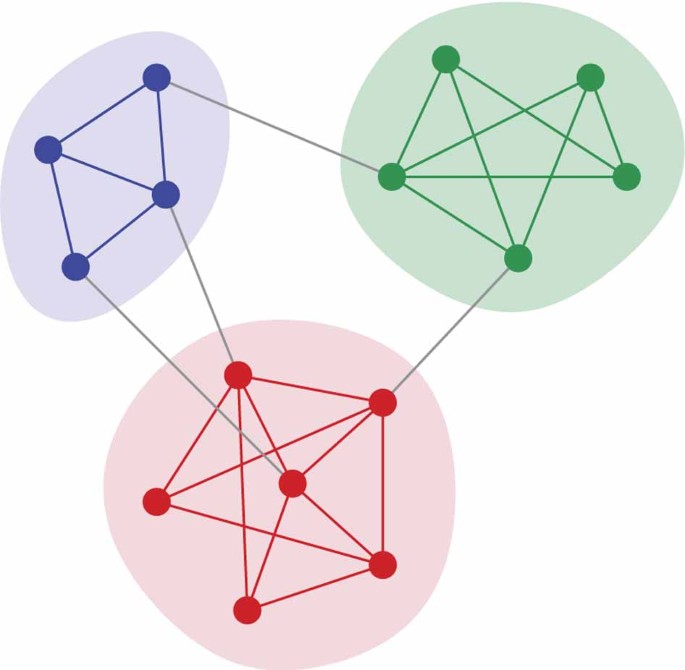
- Create and establish the Network
- Formalization of network
- Set principles and mission
- Intermediate market
- Public policy intended
What is next?
Find the money

The Darwin Initiative is a UK government grants scheme that helps to protect biodiversity and the natural environment through locally based projects worldwide.
- The role of local institutions is crucial
Join us!
Aknowledgements

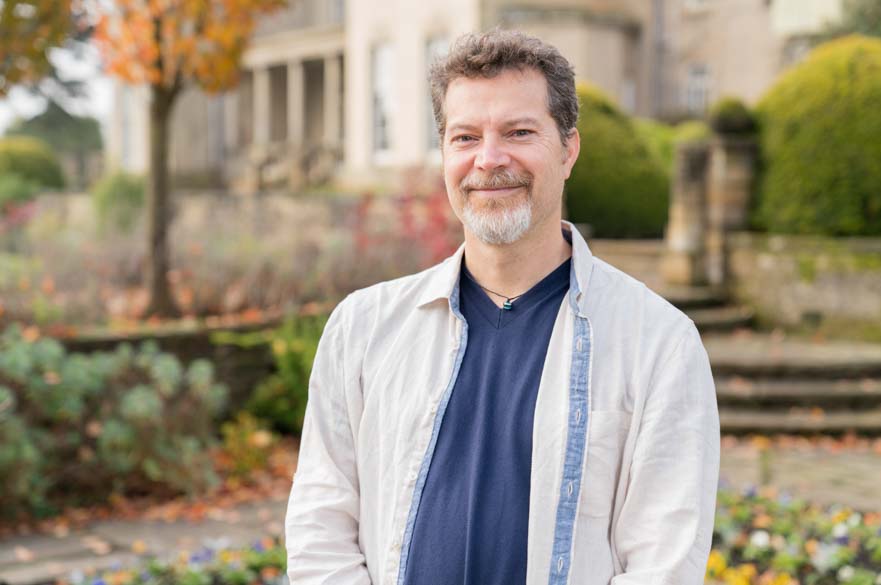


Video Player is loading.
Current Time 0:00
/
Duration 0:13
Loaded: 100.00%
0:00
Stream Type LIVE
Remaining Time -0:13
1x
- Chapters
- descriptions off, selected
- captions settings, opens captions settings dialog
- captions off, selected
This is a modal window.
Beginning of dialog window. Escape will cancel and close the window.
End of dialog window.

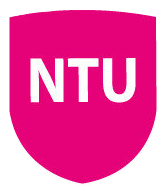
A Restoration Research Program for NTU Felipe Melo